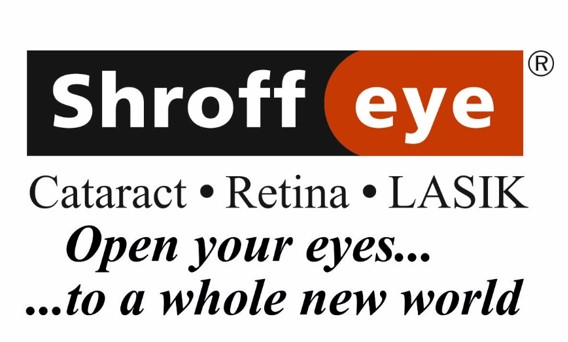Shroff Eye Hospital is India's First Eye Hospital accredited by the Joint Commission International (USA) since 2006. Shroff Eye is also India's first and only Wavelight Concerto 500 Hz LASIK center. Shroff Eye has stood for excellence in eye care since 1919. A firm commitment to quality is at the heart of all services provided at our centers at Bandra(W) and Marine Drive, Mumbai.
What is a Pterigium?
Pterygium is a growth on the external surface of the eye. It starts at the corner and in severe cases may extend over the coloured portion (iris) and pupil, thus affecting vision.
What seems to be the cause?
The main cause is ultraviolet (U.V.) exposure which is more common in people who do not wear wrap-around sunglasses during prolonged exposure to sunlight. Other risk factors include outdoor profession. It is important to state this, as the pterygium can recur if the principal cause continues in one’s life. While some studies report a higher prevalence of pterygia in men than in women, this may reflect different rates of exposure to UV light.
When should one remove a pterygium?
Indications for removal:
- Some undergo the removal for a cosmetic reason because a pterygium is visible to the onlooker
- But in those when it covers the centre of the eye, it is also for purpose of improving vision.
- Other indications for pterygium surgery include persistent redness or discomfort, a pterygium induced astigmatism, or in severe cases obstruction of the pupil
- But if removal is left till the pupil is overgrown then it is frequently too late to obtain a good visual result.
- Visual disturbances occur when it encroaches the pupillary area or due to corneal astigmatism induced due to fibrosis in the regressive stage. Occasionally diplopia may occur due to limitation of ocular movements.
Hence, the type of surgery necessary depends on the extent of the growth and how deep in the tissue it has settled in.
Types of Pterigium:
A fully developed pterygium has three parts: head, neck and body. Depending upon the progression it may be progressive or regressive pterygium. Progressive pterygium is thick, fleshy and vascular with a few infiltrates in the cornea, in front of the head of the pterygium. Regressive pterygium is thin, atrophic, attenuated with very little vascularity. Ultimately, it becomes membranous but never disappears.
Pterygium Surgery method/Technique
- This depends on whether it is simple surgical removal, or if the area needs to covered with an amniotic grafting (amniotic patch with glue).
- Pterygium surgery involves excision of the pterygium followed by covering the bare area with a conjunctival autograft either from the same eye or the other one. Recurrence rates are the least when surgery is done with conjunctival autograft technique.
- Other factors like eye pressure, formation of cataract, any retinal issue in future are all within the eye [internal] and are independent of the Pterygium growth which is external, hence, any event that would take place inside your eye has no link to the pterygium outside.
Appointment Scheduling and Recovery
- After the initial Consultation, you will be advised a list of pre operative blood tests for medical fitness, hence make sure that all blood parameters are in control before seeking a surgical appointment.
- One usually needs to be in our city (Mumbai) if from out of town for at least 7 to 12 days.
- The rest post surgery is needed for about a week.
- The medications prescribed post surgery will be antibiotic eye drops and lubricating eye drops, in some cases, even oral antibiotics may be prescribed.
- The usual time for these eye drops is at least for a week (antibiotics) whereas the lubrication may be extended to even 12 weeks.
- The prognosis of visual recovery cannot be commented upon if the growth extends over the pupil.
- Post surgery in areas where sunlight is strong, wearing protective eyeglasses, sunglasses, and/or hats with brims are suggested.
- The surgery may be a simple removal or excision of tissue or require a graft (amniotic patch with glue):Hence, it is only after your detailed examination with our eye surgeon that the exact treatment plan is outlined for you.






